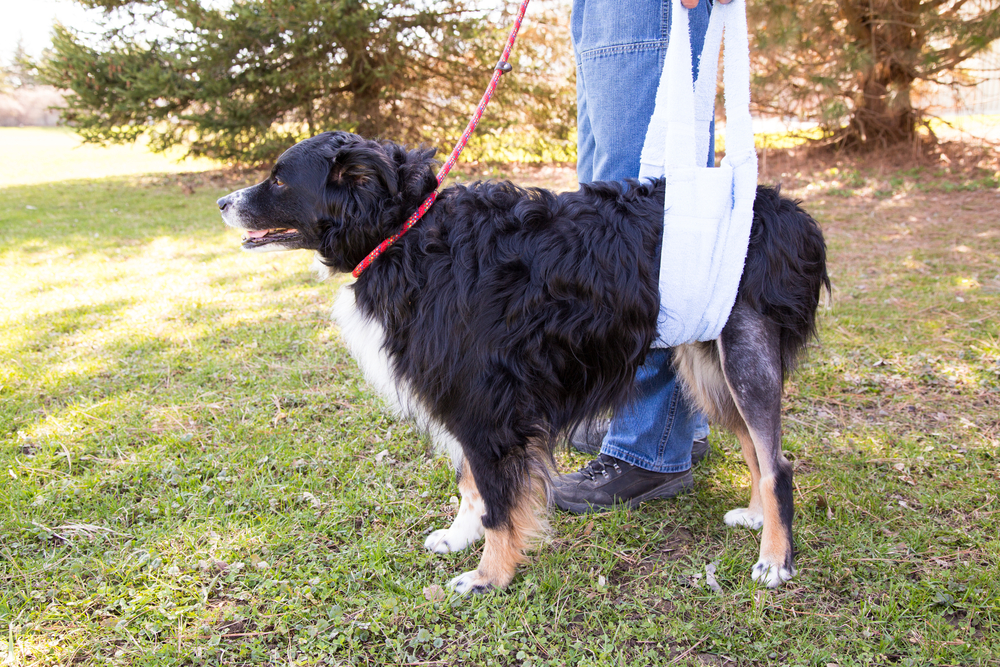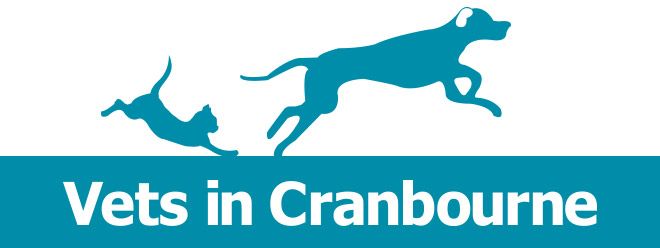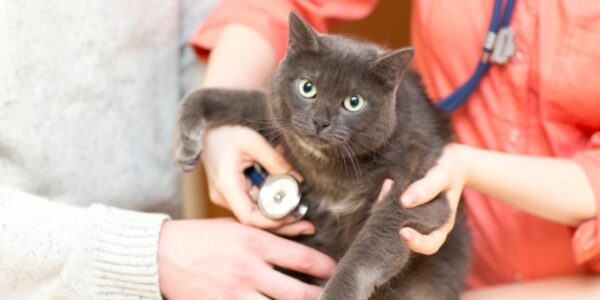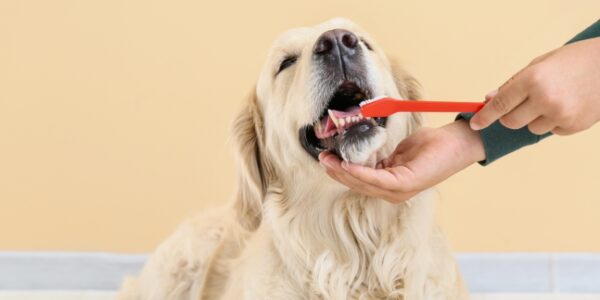
Cranial Cruciate Ligament Injuries and Disease in Dogs
Spring for dogs often means increased trips to the dog park, longer walks, and more time generally spent playing and enjoying the great outdoors. With this spike in activity, pet owners may notice some changes in their pet’s movements and behaviour which may indicate a problem. Dogs may hold their back leg in a partially bent position whist standing, limp after exercise, have smaller, swollen or weakened muscles in their back legs, or be reluctant to partake in their usual physical activities. If you notice your dog has any of these symptoms, it could be a sign of cranial cruciate ligament injury or disease, the most common orthopaedic condition seen in dogs. In this article, we’ll describe the condition and how it can be treated.
What is it?
The cranial cruciate ligament is a band of connective tissue connecting the thigh bone to the lower leg bone. Its purpose is to stabilise the stifle joint between these two bones and is the dog equivalent of a knee. Cranial cruciate ligament disease or injury refers to the partial or complete rupture of this ligament which destabilises the stifle joint and can result in rear leg lameness as well as degenerative joint disease which are painful and debilitating for your dog.
What causes it?
The cranial cruciate ligament can deteriorate as a result of micro tears over time or be suddenly ruptured during strenuous physical activity. Some factors which increase the likelihood of a dog sustaining a cranial cruciate ligament injury include:
- Breed: Labradors, Golden Retrievers, Boxers, Mastiffs and Rottweilers commonly suffer from this condition
- Age: more common in dogs over five years and in large dogs from one to two years of age
- Weight: if your pet is overweight the pressure placed on the joint can cause strain and injury
- A history of leg injuries
- Arthritis
How is it diagnosed?
The first step is usually a physical examination where your vet will feel the knee to check whether the ligaments are still in place. Sometimes this physical examination needs to be done with sedation. Diagnosis is then usually confirmed via X-ray.
How is it treated?
Surgery is the most common form of treatment for dogs over 10 kilograms to prevent the progression of arthritis, restore mobility and reduce pain. After surgery, physical therapy plays an important role in rehabilitation. In smaller dogs, the condition can sometimes be managed with controlled rest, medication and physical therapy.
Prognosis
With proper care and management, the prognosis for dogs with this condition is quite good. Normal function should return in 3-6 months and even working dogs should be able to eventually return to their normal duties.
How can I prevent it?
Realistically, cranial cruciate ligament damage can occur to dogs of any breed, in any state of health and at any stage of life. As a pet owner, the best thing to do is to ensure your pet remains within a healthy weight range and book regular check-ups with the vet so that any orthopaedic conditions can quickly be detected and treated.



